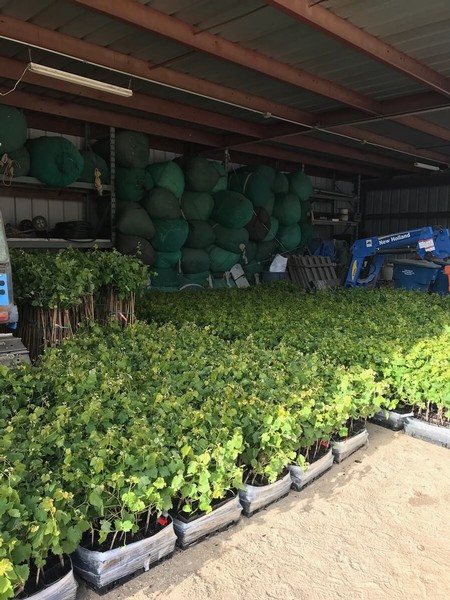Snow Vineyard
Snow Vineyard is unique. The climate is warmer -- a little more arid than the vineyards nearby. It’s hearty despite the heat, though. The soil is rich with clay, and pockets of chalk rock are scattered around it, holding in moisture that has helped produce the wonderful Snow Zinfandel for years. But if you’ve passed by the vineyard recently, you may have noticed the vines are gone. The only thing on the plot for the past two years has been rows and rows of soil.
“What went into this was a full makeover,”
Jake Beckett is in the middle of replanting. The vineyard was pulled out about two years ago after contracting red leaf virus. Jake originally said they hadn’t been too worried when they yields started depreciating and the leaves on the vines started to turn red, because there are a lot of minor factors that could cause the same results.
The biggest red flag, Jake said, was that “plants would be growing mid-season, and one or two vines would just die.”
A few samples were sent off to a laboratory, and when they tested positive for the virus, the vines had to be removed.
“What went into this was a full makeover,” Jake said. “Wires were pulled out, stakes were pulled out, the drip hoses were pulled out, and then the plants were pulled out … so I was able to start with a blank sheet of land.”
Jake redesigned the layout of the vineyard -- condensing rows and changing their directions to follow the sun better. Because the virus is likely caused by a spore in the soil, Jake said he then decided to let the ground go fallow for two years so the virus could dissipate.
“This has been a pain in the butt,” Jake said, “We still have another four years until (the vines reach) full production. So it will end up being a six-year ordeal.”
The vineyard will now be planted with Petite Sirah, Cabernet Sauvignon, Petit Verdot, and Primitivo as the new vineyard designate; mostly for their ability to thrive under Snow Vineyard’s conditions.
It’s a long process to get the grapes going. “But it’s worth it,” Jake said. “You invest six years for what you hope is a 50-year project that I can pass on. I hope it lives up to the old Snow standard -- I’ll do my best to make sure it does.”

